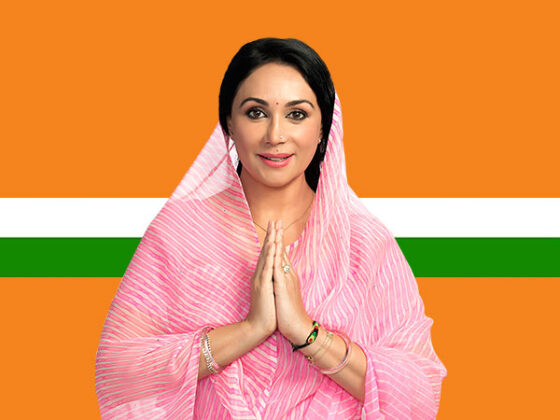The Royal Family of Mandwa: Legacy, History, and Contributions

Introduction
The Royal Family of Mandwa has long been associated with heritage, pride, and culture. Located in the serene region of Mandwa, a coastal town in Maharashtra, India, this royal lineage has played a pivotal role in shaping not only the town but also the region’s history. From their initial rise to power to their enduring influence today, the story of the Mandwa royal family offers a fascinating glimpse into India’s regal past.
Origins of the Royal Family of Mandwa
The origins of the Royal Family of Mandwa can be traced back to the times when the Marathas ruled much of India. The family rose to prominence under the leadership of its founder, who was a descendant of powerful Maratha warriors. In the late 17th century, Mandwa was an essential coastal town under the control of the Maratha Empire. The strategic location of Mandwa along the Arabian Sea made it an important center for trade and naval operations.
The first members of the royal family established their authority and fortified their position within the region. Over time, their influence expanded beyond the boundaries of Mandwa, with the family becoming integral to the political and social fabric of Maharashtra.
The Rise to Power
As the Maratha Empire began to wane in the 18th century, regional chieftains and families, including the Royal Family of Mandwa, began to carve out their territories. The family’s power was further solidified by their military prowess, administrative acumen, and loyalty to the Maratha cause. They built forts, created alliances, and expanded their territories, ensuring their dominance over the region.
One of the most significant events in the rise of the Mandwa royal family was their involvement in the First Anglo-Maratha War. Their participation in this conflict further solidified their reputation as brave warriors committed to the Maratha Empire’s cause. The family’s strategic alliances with other regional powers allowed them to thrive, even during the British colonization of India.
Cultural Contributions of the Mandwa Royals
Throughout the centuries, the Royal Family of Mandwa has played a key role in the cultural development of the region. Known for their patronage of the arts, the royals commissioned several architectural projects that are still revered today. The family’s grand palaces, temples, and forts are notable for their unique blend of Maratha and coastal Indian architecture.
Mandwa, with its picturesque beaches, was also a popular retreat for the royals. They built several summer palaces along the coastline, offering breathtaking views of the Arabian Sea. These palaces were not only places of rest but also centers of cultural exchange where poets, artists, and musicians from across India would gather to showcase their talent.
In addition to architecture, the royal family is known for their support of traditional crafts and performing arts. The family’s patronage helped nurture various local industries, including pottery, weaving, and embroidery. Many artisans flourished under royal patronage, preserving the cultural heritage of the region.
The Role of the Mandwa Royals in Politics
As the years passed, the Royal Family of Mandwa became instrumental in regional politics. Even after India gained independence in 1947, the family remained influential in local governance and societal affairs. They held significant sway in the political landscape of Maharashtra and were often called upon to mediate disputes, offer counsel, and support local development projects.
The royals were also known for their philanthropic work, establishing several educational institutions, hospitals, and orphanages. Their dedication to social welfare earned them the respect and admiration of both the people of Mandwa and the broader Maharashtrian community.
Mandwa Royals and Their Legacy Today
While the political influence of the Royal Family of Mandwa has waned in modern times, their legacy endures. The family is still regarded as an important symbol of Mandwa’s past, and many of their historical sites continue to attract tourists and historians. Mandwa, a town that once flourished under royal patronage, remains a vital part of Maharashtra’s cultural and historical landscape.
Today, the descendants of the royal family have embraced the modern world while staying true to their roots. They continue to preserve the family’s heritage and share it with the younger generations. Through their charitable activities and commitment to preserving the region’s traditions, they play an active role in promoting Mandwa’s cultural identity.
Conclusion: A Royal Legacy That Lives On
The Royal Family of Mandwa is not just a symbol of the past; it is a living testament to the enduring influence of India’s royal lineages. From their military contributions to their cultural patronage, the Mandwa royals have left an indelible mark on the region. Today, as the family continues to contribute to society, they are a reminder of the rich heritage that has shaped the identity of Mandwa and Maharashtra. The Royal Family of Mandwa’s legacy is one of honor, power, and enduring tradition, and it remains an integral part of the region’s history.






